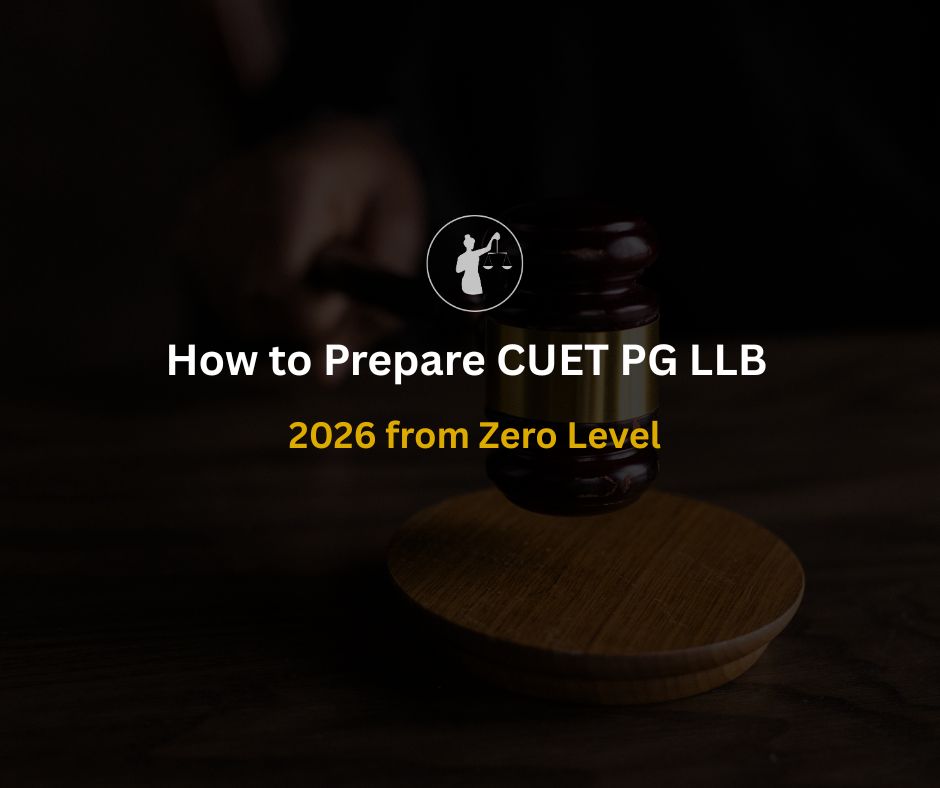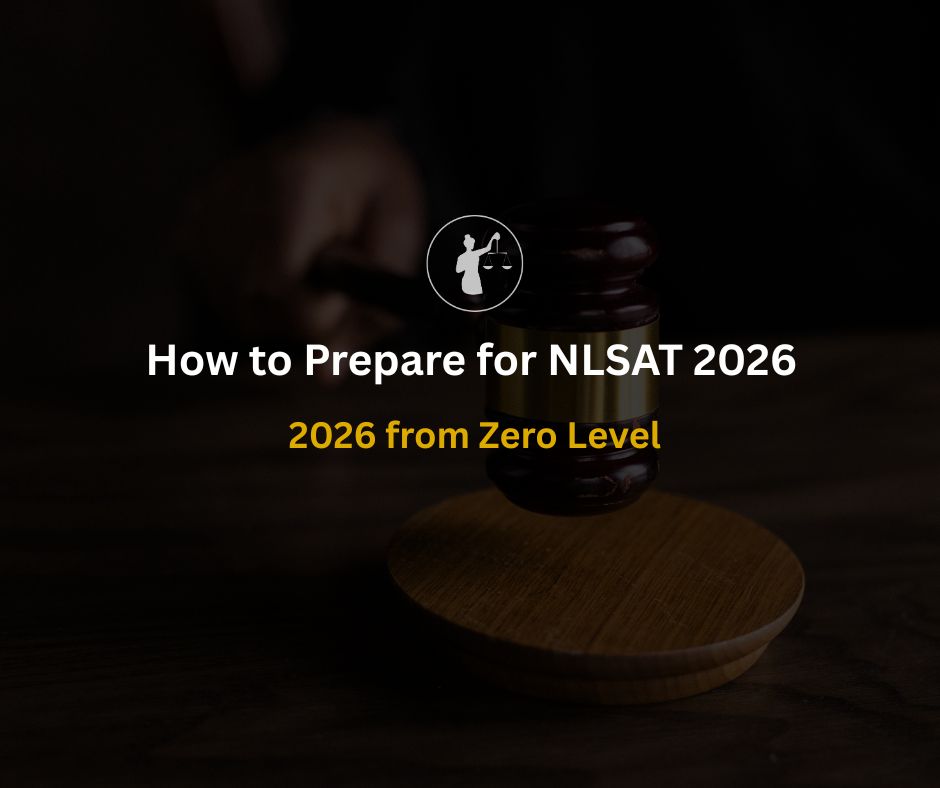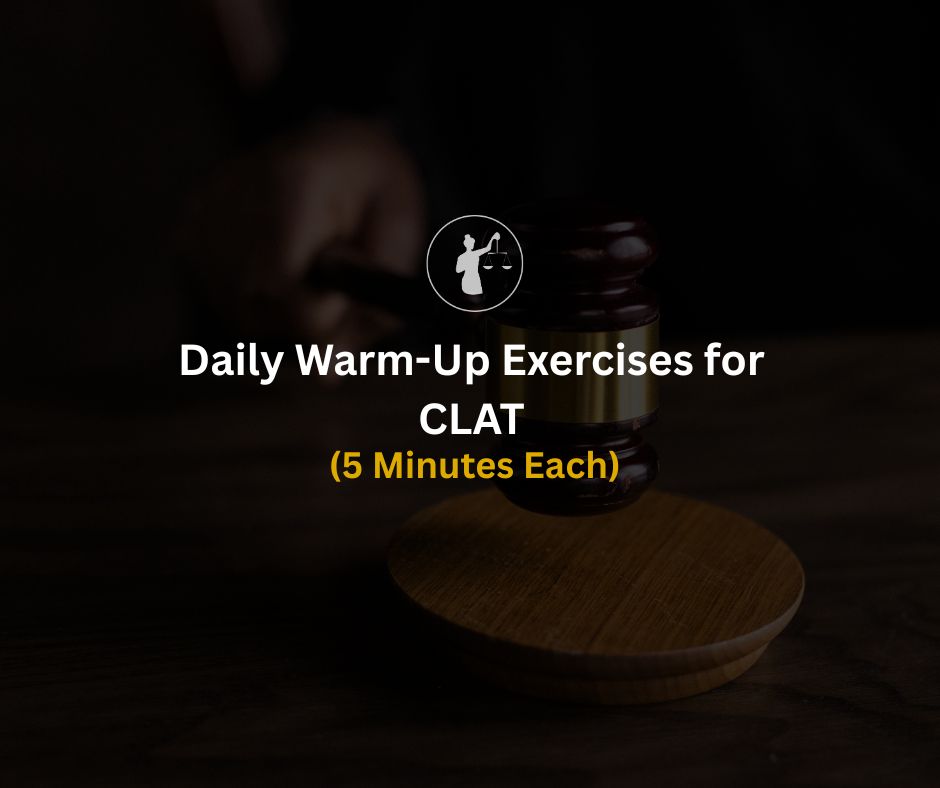
Summary: This guide gives you a three-month roadmap to conquer the General Knowledge section in CLAT 2026. Learn how to balance static and current affairs, follow the best sources, and avoid common preparation traps. Ideal for students starting late or needing structured revision. Includes internal links and pointers for those looking for expert help via CLAT online coaching.
CLAT General Knowledge carries around 35–39 marks out of 120. Many toppers score well in Legal and English, but GK is where real rank shifts happen. GK has no sectional time limit, so it allows quick scoring with high return if you're well-prepared.
The GK section is passage-based but rewards factual clarity. It blends static and current affairs, so knowing just the news or just polity won't work. You need both.
Read More: CLAT 2026: 60-Day Smart Revision Plan for Success
Current Affairs (Past 12 Months)
Government schemes
Supreme Court & High Court judgments
International summits, treaties
New bills, ordinances, and policy changes
Awards, sports, environment
Important deaths, appointments, resignations
Static GK (Contextual)
Articles of the Constitution (in news)
Geography linked to climate events or summits
Historical context of anniversaries/events
Polity basics like DPSPs, FRs, Amendments
Fundamental economics and international organizations
Month 1: Foundation + Backlog (August)
Current Affairs
Cover April to July 2025 in detail
Focus on legal and international current affairs
Use monthly magazines like Drishti, Vision IAS or NLTI's curated CLAT GK PDFs
Static GK
Focus on Indian Polity: Constitution, key articles
Cover Geography basics: Indian rivers, mountains, states
Revise key history events tied to current events (e.g., 50th anniversary of Emergency)
Daily Target
30 minutes CA + 30 minutes Static + 10 MCQs from previous CLATs
Month 2: Active Revision + Reinforcement (September)
Current Affairs
Cover August and September in real time
Go back and revise Jan–March 2025 CA if you skipped
Solve 2 CLAT-level current affairs passages weekly
Static GK
Focus on Economy, Indian Judiciary, and International Organizations
Make a quick flashcard deck of must-know facts
Smart Tips
Maintain a 2-page monthly GK sheet
Track updates from PIB, PRS India, Bar & Bench, and NLTI Telegram channel
Month 3: Mock-Driven Mastery (October)
Current Affairs
Finish remaining months and revise August–October
Focus on comparative current affairs (India vs World)
Weekly revision tests
Static GK
Revisit constitutional articles and UPSC-based factual info
Solve 100 MCQs weekly
Revision Drill
Give 3 full-length GK mock tests every week
Maintain an error log
Read More: CLAT 2026 Beginner's Roadmap: 30-Day Study Plan Guide
Current Affairs
NLTI CLAT GK Monthly Compilations
Bar & Bench for legal news
PIB + PRS India for government schemes
The Hindu editorials (optional)
Static GK
Lucent GK (only sections aligned with CLAT)
NCERT Polity (Class 9–12)
NLTI’s static + dynamic combo PDF
Read More:CLAT 2026 Syllabus Decoded: Key Changes & Trends
Reading newspapers only: Not enough for MCQs
Ignoring Static: You need both static + dynamic for passage-based GK
Cramming at the end: CLAT GK requires spaced revision
Skipping mocks: Without mocks, you can’t apply passage knowledge under time
NLTI offers:
Weekly GK Marathons: Cover current and static via expert-curated classes
Monthly GK PDFs with MCQs: Tailored for CLAT pattern
Passage-based GK drills matching the Consortium style
1:1 mentorship to track GK progress
If you're short on time or not sure what to study first, joining a structured CLAT online coaching program like NLTI’s GK Intensive can help you stay on track. Their modules are updated monthly and focus on high-retention strategies.
Don’t panic. Here's a 2-hour daily plan that still works:
30 mins: Daily GK update (NLTI PDF or Bar & Bench)
30 mins: Static GK recap (Polity/Eco topics)
30 mins: 10–15 MCQs
30 mins: Reading editorials with legal themes
Even if you're starting in September or October, focus on July–October Current Affairs and the top 10 static topics: Constitution, Judiciary, Major Amendments, Geography, DPSPs, FRs, Important Summits, Important Laws, Landmark Judgments, International Bodies.
[ ] Covered April to October Current Affairs
[ ] Revised Polity + Constitution static topics
[ ] Solved at least 20 GK passages
[ ] Made personal monthly GK notes
[ ] Attempted 10+ full-length mocks
[ ] Enrolled in structured GK classes (like NLTI’s CLAT Online Coaching)
CLAT GK isn’t about remembering everything. It’s about prioritizing what matters. The smart way to prepare is to cover high-weight areas, revise monthly, and regularly practice mock questions.
If you’re looking for a focused and guided way to master GK in 3 months, check out NLTI’s CLAT online coaching modules that combine current affairs, static theory, and mock tests, all aligned with the evolving CLAT pattern.
1. What is the ideal daily time allocation for CLAT GK prep?
Aim for 60–90 minutes daily 30 mins for current affairs and 30–60 for static revision.
2. Can I rely only on YouTube videos for CLAT current affairs?
No. Use curated monthly PDFs and mock-based analysis to ensure depth and accuracy.
3. Are newspaper editorials helpful for CLAT GK?
Yes, especially for understanding context and tone. Focus on legal and policy news.
4. How many months of current affairs should I prepare for CLAT 2026?
Ideally, 12 months before the exam (i.e., from Jan 2025 to Dec 2025).
5. Is Lucent GK enough for CLAT static GK?
No, it's too broad. Use law entrance-specific static compilations.
6. Should I make my own current affairs notes or follow monthly magazines?
Both work. Choose one reliable source and revise it thoroughly.
7. Do CLAT GK questions repeat year after year?
Not exactly, but themes and legal trends often carry over.
8. How important is legal current affairs for CLAT GK?
Crucial. Supreme Court judgments, constitutional changes, and legal reforms are often asked.
9. Can I skip international affairs in CLAT GK?
No. Events like G20, UN resolutions, or global conflicts are commonly asked.
10. What are some underestimated static GK topics for CLAT?
National parks, government schemes, recent constitutional amendments, and key committees.
11. How do I test my GK retention weekly?
Use GK-only mocks or topic-wise quizzes with time limits.
12. Do I need to know state-level current affairs for CLAT?
Only major events with national legal or policy implications.
13. Are rankings and reports asked in CLAT?
Yes. Focus on World Bank, NITI Aayog, UNDP, and India-specific indices.
14. Is reading full monthly magazines necessary for CLAT?
Not always. Use filtered law-centric current affairs from reliable coaching platforms.
15. How can NLTI’s CLAT online coaching help in GK prep?
NLTI offers weekly GK updates, static topic explainers, and exam-style mock drills aligned with CLAT’s pattern.





